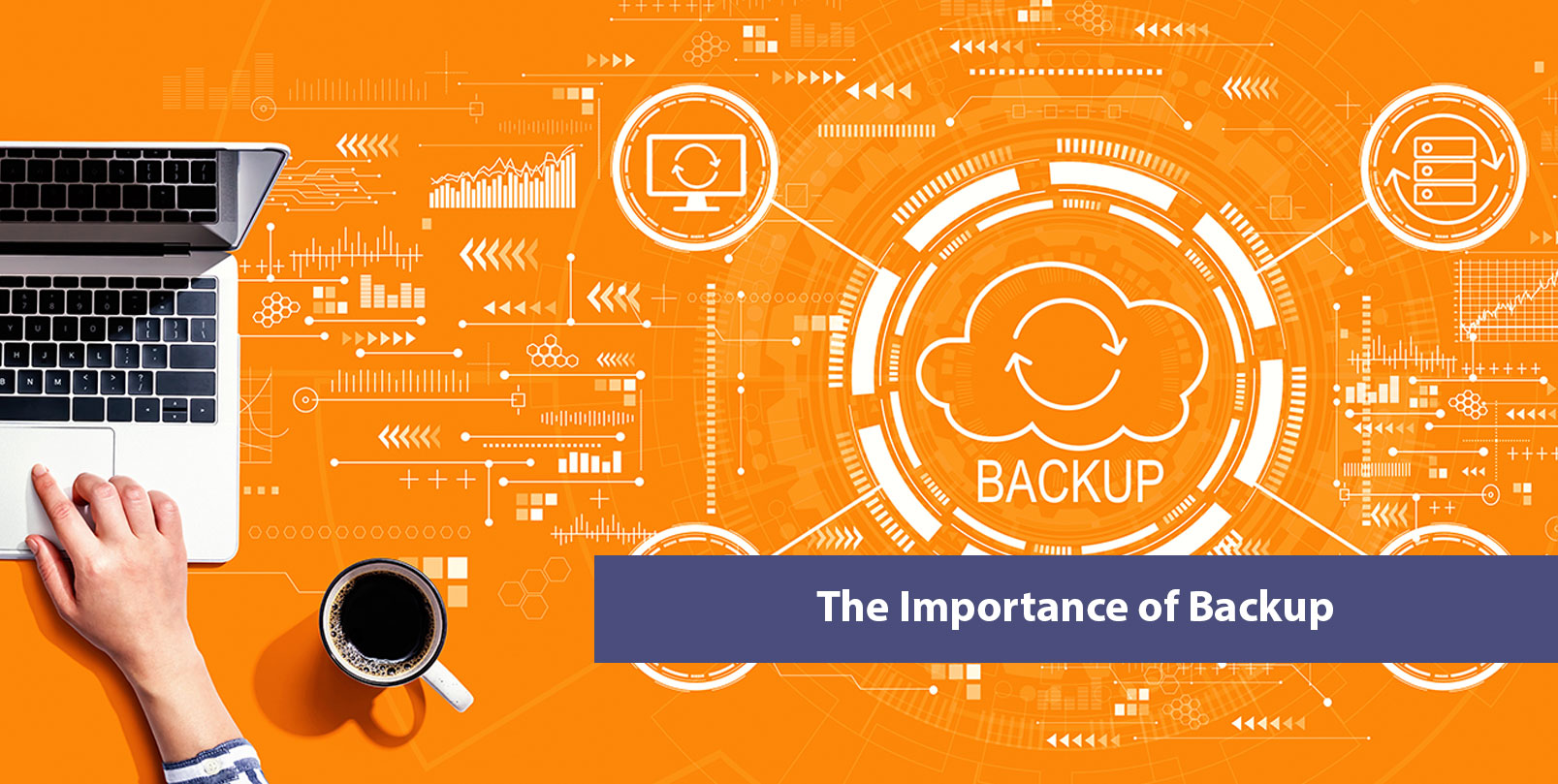Business Resiliency Lessons Learned
Leading into 2020, IT leaders and professionals had a full slate of projects and initiatives. In addition to the day-to-day responsibilities, businesses planned and built for risks ranging from natural disasters to cyberattacks. However, not many predicted a global pandemic that would disrupt our economy, forcing businesses to pivot and support remote workforces amidst lockdowns and countless, prolonged uncertainties.
Economic experts have predicted a slowing of the global economy to the tune of $1 trillion in 2020 alone. What can business leaders and IT professionals take away from these current events to plan for the future?
Conduct business with a different lens.
We should not be disillusioned into thinking that we will return to business as usual. COVID-19 has permanently changed the future of our industry. Many leaders are speculating about the future but are unclear about what changes to expect. A multitude of factors are influencing strategies including lack of clarity on the future and firefighting daily issues. The ability to think, build, plan and execute is critical to a successful transformation.
Identify the right platforms and technology.
Most business strive to be resilient and sustainable, but many have failed this year. Some companies couldn’t function and support a remote workforce or didn’t have the right tools to enable remote workers. Many brick and mortar establishments have failed due to lack of online and ecommerce presence. 2020 has been unexpected and unprecedented. We must prepare better by choosing better technology and platforms.
Is data backup all you need?
Backups are a critical part of data protection and compliance. However, typical backups cannot be used to meet aggressive recovery targets such as a Recovery Point Objective (RPO), which is the period of time in which a business’ operations must be restored after a disruptive event like a cyberattack, and Recovery Time Objective (RTO), which is the amount of time that can pass before the disruption seriously impedes business operations. If your business relies solely on daily backups, the timing of an outage could cause a significant data loss and impact revenue.
Start your cloud journey.
A Disaster Recovery as a Service (DRaaS) solution can solve these limitations because of the inherent benefits of the cloud. Cloud platforms by nature are flexible, scalable and cost-effective. They also provide an answer to strict business RTOs and RPOs. Cloud-based DRaaS solutions can be designed to provide a segmented, geographically diverse, production-ready duplicate of your entire infrastructure that’s readily available. This means that in the event of unplanned downtime or data loss of a primary environment, your business impacts are limited and often negligible.
DRaaS helps businesses with strict compliance regulations and ensures that all the appropriate steps have been taken to protect and secure data. IT professionals and business leaders can feel confident that should a disaster scenario occur, crucial data and the ability to run operations are protected and available.
IT professionals can run recovery tests in duplicate DRaaS environments to assure business continuity, security and mitigation of risk in a much more functional way than the traditional annual test of on-premises systems. DRaaS assists with developing a complete disaster recovery plan while minimizing downtime.
Reach out to your trusted technology partner to help you prepare for the next “New Normal.” Start by considering where your business is today and selecting the right technology to help you survive and thrive tomorrow.
# # #
Scott Erwin is a Principal Consultant at CBTS. Reach him at scott.erwin@cbts.com.
© Honolulu Star-Advertiser
Visit this article in the Star-Advertiser






